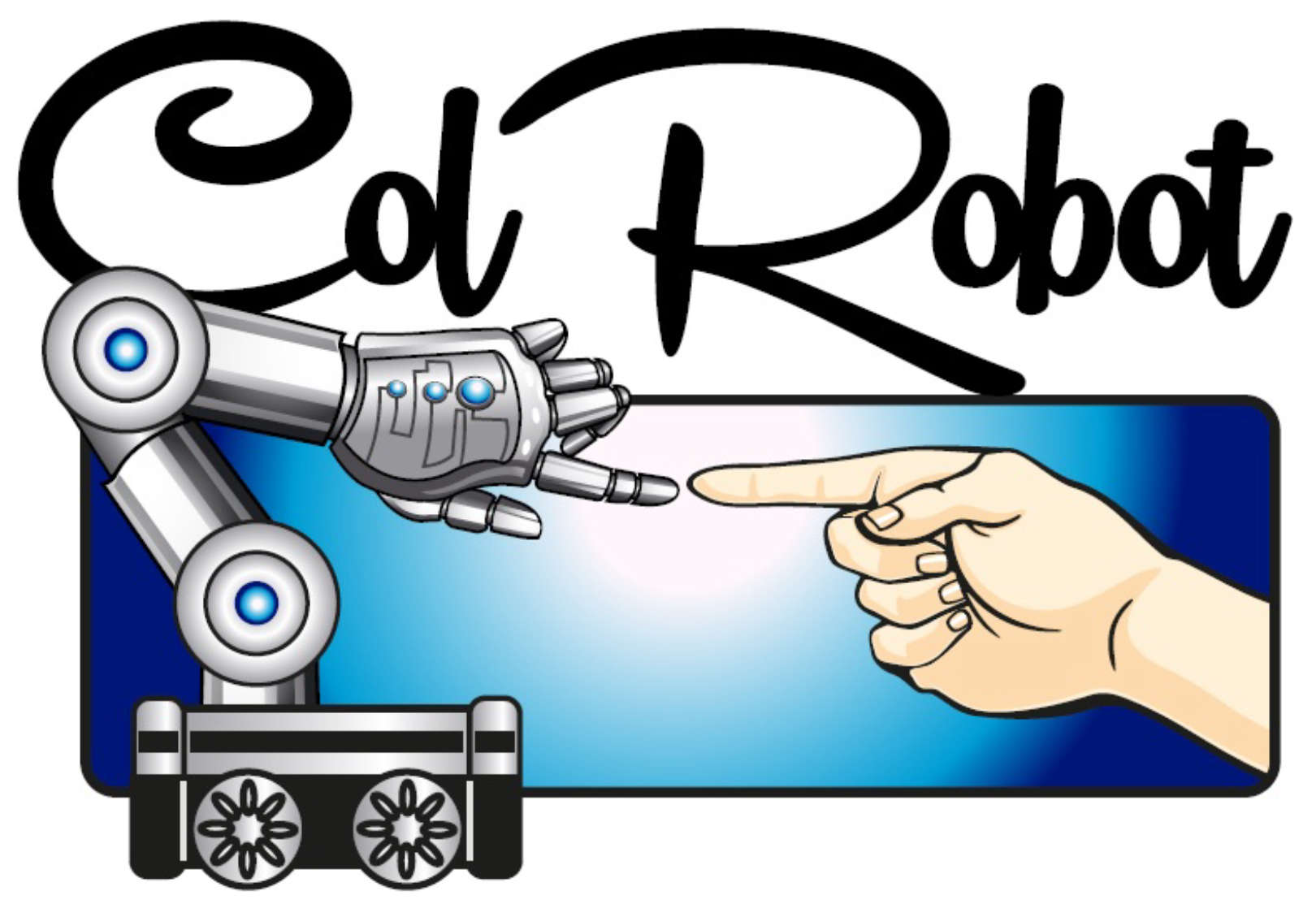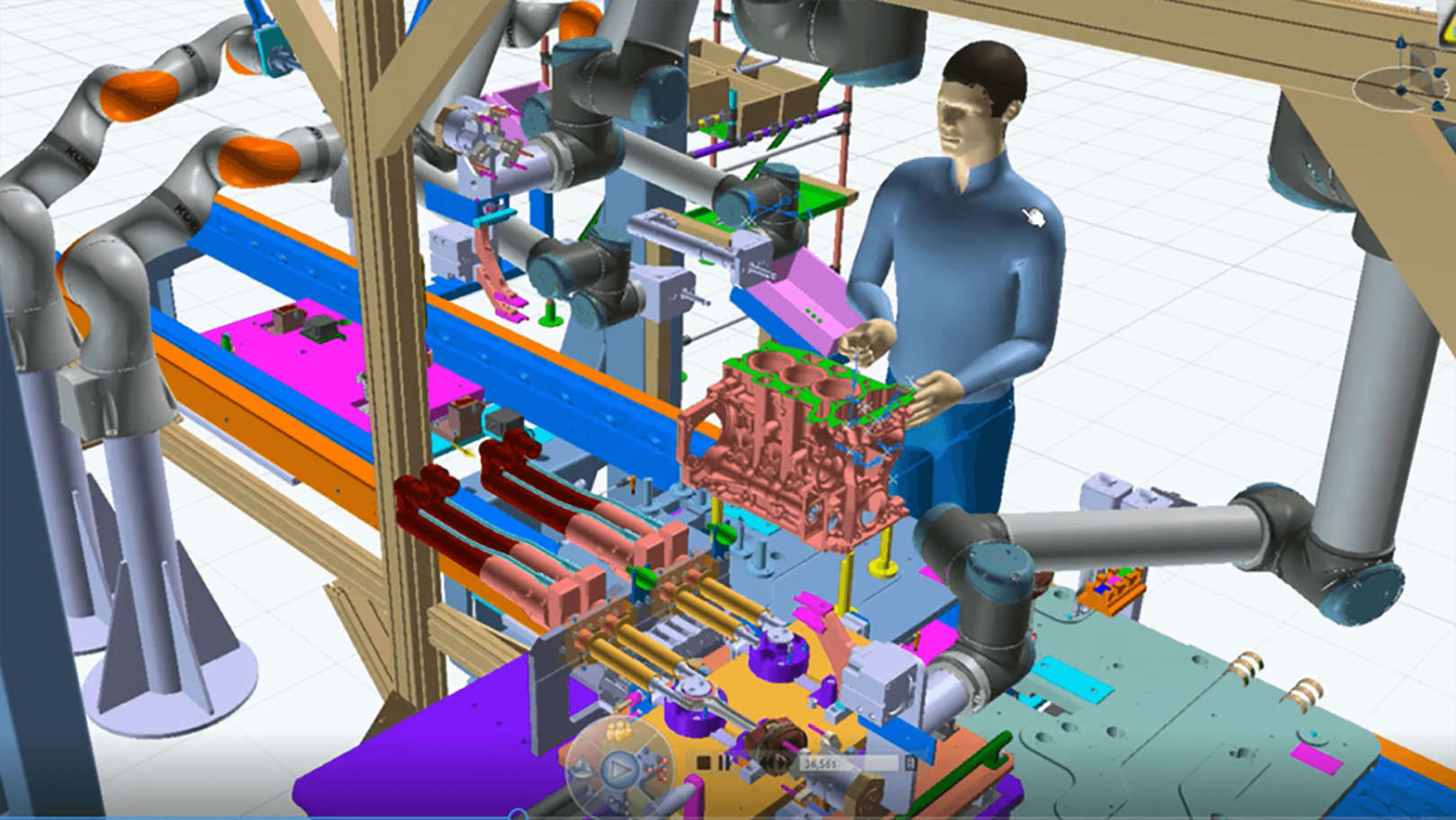Sobre
Paulo Rebelo concluiu o mestrado integrado em Engenharia Electrotécnica e Computadores, no ramo de automação industrial em março de 2017, com especialização em robótica industrial na FEUP - Faculdade de Engenharia da Universidade do Porto. Durante o ano de 2016, desenvolveu a sua tese de mestrado na Continental Mabor, em Lousado, onde o principal objectivo era a automatização de um sistema de corte de rolos calandrados numa máquina específica da empresa.
Desde março de 2017 que é investigador no INESC TEC, no Porto, e tem trabalhado em projetos de diferentes áreas: robótica móvel, manipuladores colaborativos, sistemas de visão artificial, sistemas de automação e sistemas IoT (Industry 4.0), estas são as suas áreas de especialização.
Até hoje, trabalhou nos seguintes projetos de investigação: FASTEN, ScalabLE4.0, MANUFACTUR4.0, PRECISIONcork, MTEX-Multi e PRODUTECH. Conciliando com o desenvolvimento, também faz um pouco de gestão de projetos.




